Department of Computer Science
Ready for take-off - Prof Herpers in microgravity
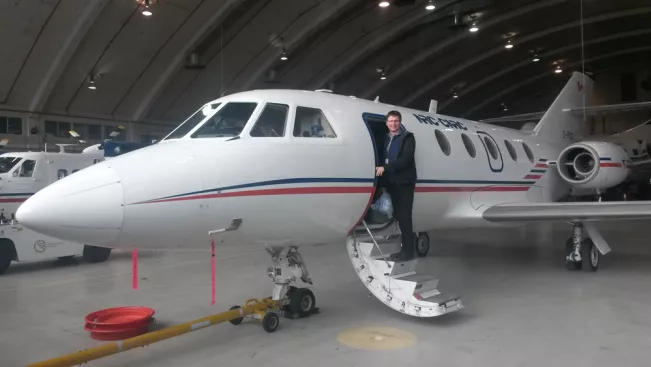
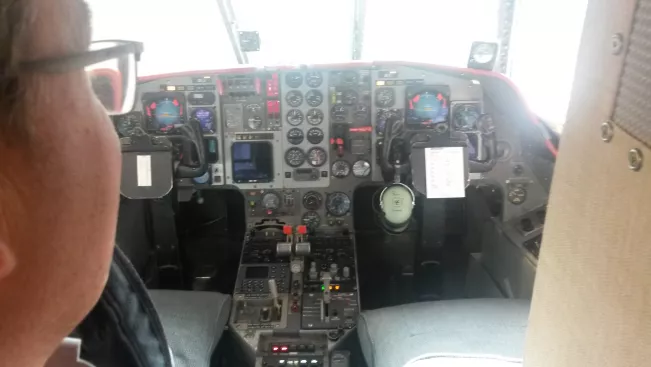
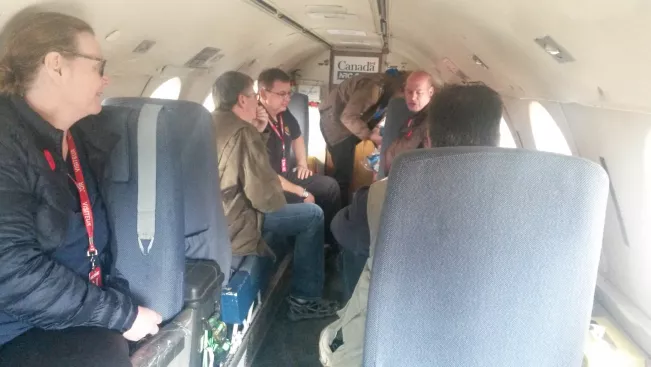
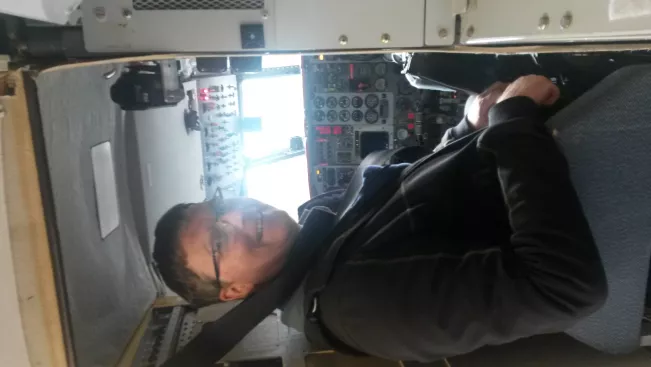
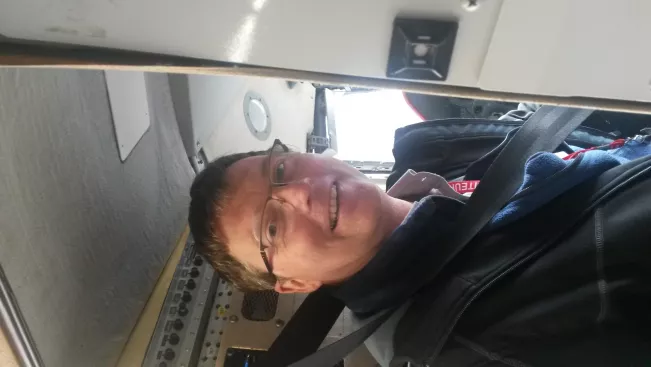
Rainer Herpers joined forces with his Canadian colleagues Prof. Michael Jenkin, Prof. Laurence Harris and Dr. Nils Bury from York University. The team develops a test series about the perception of self-motion and orientation in microgravity. The equipment including head-mounted displays (virtual reality glasses) has been tested by the researchers on a parabolic flight in Ottawa during Prof. Herpers' stay as a guest lecturer at our partner university. A similar test will be run in March at the same location. The aircraft gives its occupants the sensation of weightlessness for a short time of about 22 seconds by following a parabolic flight path relative to the center of the Earth.
In spring the experiment will additionally be carried out in a slightly different setting: The team will visit German Sport University Cologne where the test can be performed under water.
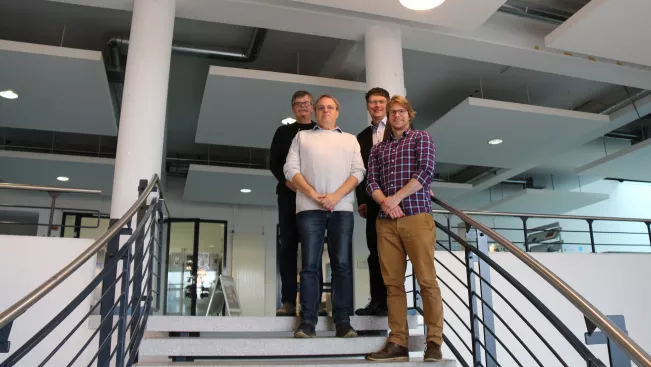
This week the research group met at H-BRS (see photo) to plan their future activities. The experimental set-up will travel to space in 2018 once all the tests will have been completed. The astronauts at the International Space Station will see three scenarios on a VR headset. They are then asked to
- estimate the size of an object
- indicate when they arrive at a target position they previously viewed
-
distinguish between tilt and visual acceleration
The seven participants will take the tests before, during and after their space mission, so that the effects of microgravity can be isolated accordingly.
The results of the "Vection" project should help to develop safer methods of moving around in the ISS. They might also help astronauts to land smaller spacecrafts safely on lunar and planetary surfaces taking into account the effects of weightlessness on processing visual information.
Links
Weiterführende Links